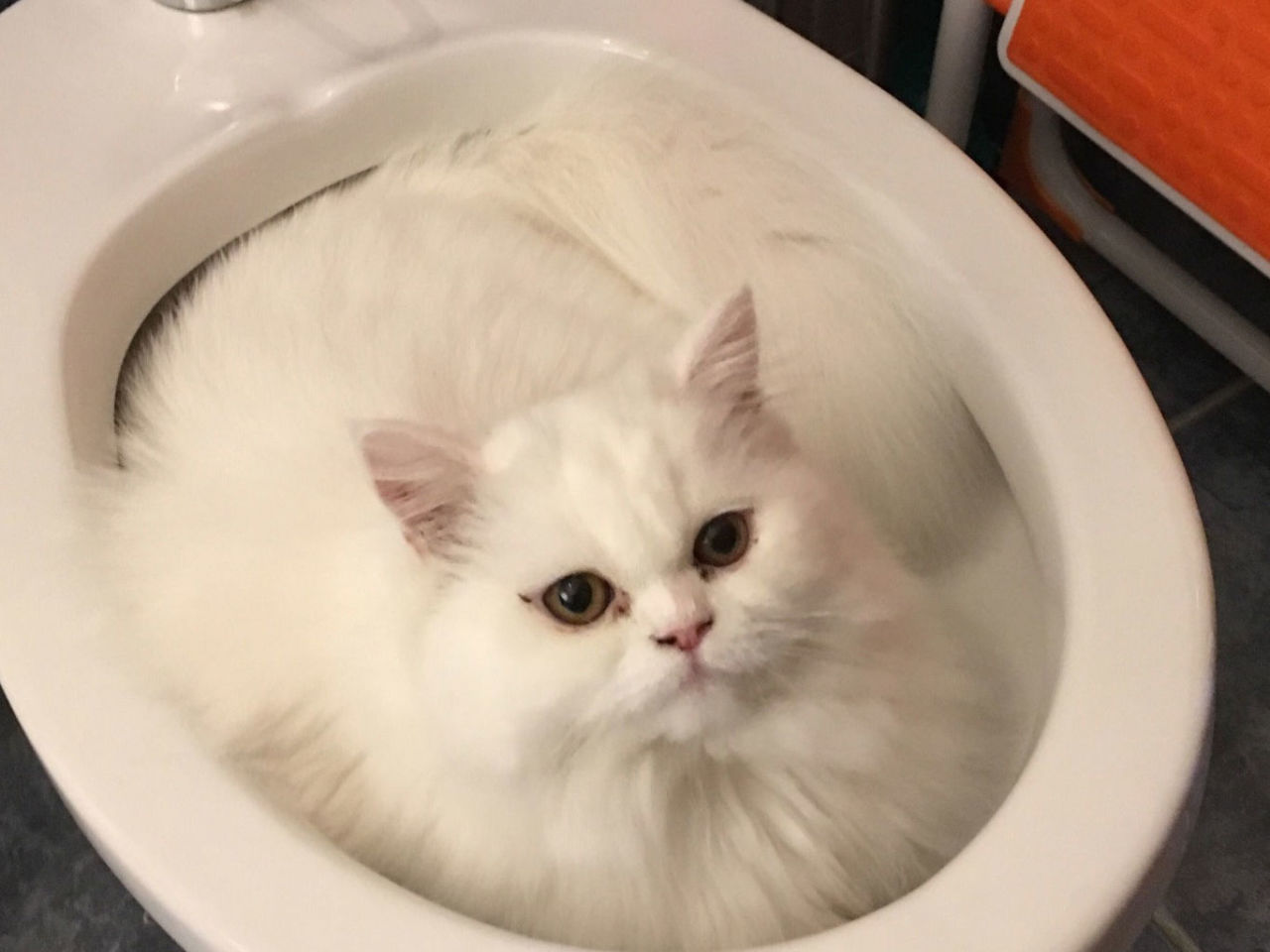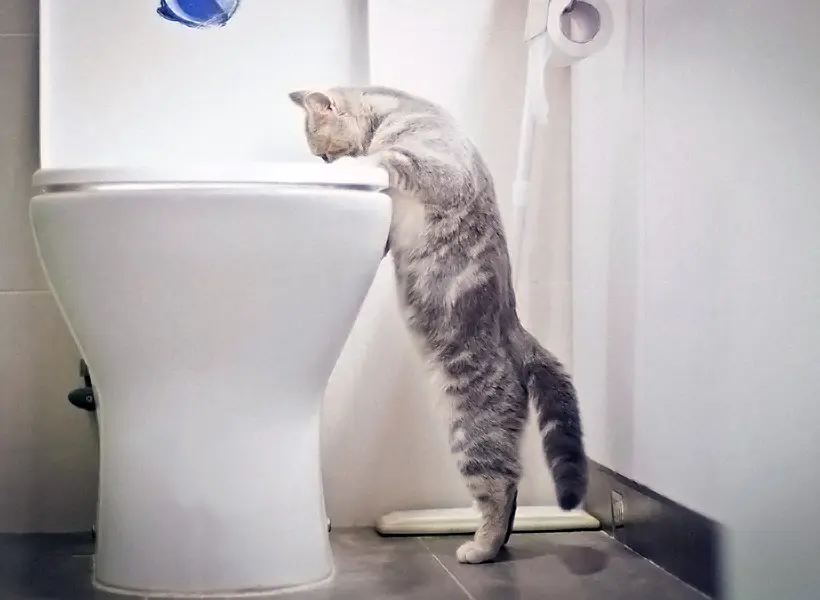We have encountered this great article involving How to Dispose of Cat Poop and Litter Without Plastic Bags listed below on the internet and felt it made good sense to share it with you here.

Intro
As cat proprietors, it's important to bear in mind exactly how we get rid of our feline friends' waste. While it might seem hassle-free to flush feline poop down the commode, this practice can have damaging effects for both the environment and human health and wellness.
Alternatives to Flushing
Fortunately, there are more secure and a lot more liable ways to get rid of feline poop. Take into consideration the following options:
1. Scoop and Dispose in Trash
The most usual approach of disposing of cat poop is to scoop it right into a biodegradable bag and throw it in the trash. Make sure to make use of a devoted trash scoop and take care of the waste immediately.
2. Usage Biodegradable Litter
Opt for naturally degradable pet cat clutter made from materials such as corn or wheat. These litters are environmentally friendly and can be securely disposed of in the garbage.
3. Bury in the Yard
If you have a yard, consider burying pet cat waste in a designated location away from veggie yards and water sources. Make certain to dig deep enough to prevent contamination of groundwater.
4. Install a Pet Waste Disposal System
Buy a pet garbage disposal system especially made for pet cat waste. These systems make use of enzymes to break down the waste, minimizing odor and environmental impact.
Health and wellness Risks
In addition to environmental concerns, purging cat waste can also posture health and wellness dangers to humans. Pet cat feces might consist of Toxoplasma gondii, a bloodsucker that can cause toxoplasmosis-- a possibly extreme disease, particularly for expectant ladies and people with weakened body immune systems.
Ecological Impact
Flushing cat poop presents unsafe microorganisms and bloodsuckers right into the water system, positioning a significant danger to aquatic communities. These impurities can negatively impact aquatic life and compromise water top quality.
Final thought
Responsible family pet ownership expands past providing food and shelter-- it additionally involves correct waste management. By avoiding flushing feline poop down the commode and choosing different disposal approaches, we can minimize our environmental impact and safeguard human wellness.
Why Can’t I Flush Cat Poop?
It Spreads a Parasite
Cats are frequently infected with a parasite called toxoplasma gondii. The parasite causes an infection called toxoplasmosis. It is usually harmless to cats. The parasite only uses cat poop as a host for its eggs. Otherwise, the cat’s immune system usually keeps the infection at low enough levels to maintain its own health. But it does not stop the develop of eggs. These eggs are tiny and surprisingly tough. They may survive for a year before they begin to grow. But that’s the problem.
Our wastewater system is not designed to deal with toxoplasmosis eggs. Instead, most eggs will flush from your toilet into sewers and wastewater management plants. After the sewage is treated for many other harmful things in it, it is typically released into local rivers, lakes, or oceans. Here, the toxoplasmosis eggs can find new hosts, including starfish, crabs, otters, and many other wildlife. For many, this is a significant risk to their health. Toxoplasmosis can also end up infecting water sources that are important for agriculture, which means our deer, pigs, and sheep can get infected too.
Is There Risk to Humans?
There can be a risk to human life from flushing cat poop down the toilet. If you do so, the parasites from your cat’s poop can end up in shellfish, game animals, or livestock. If this meat is then served raw or undercooked, the people who eat it can get sick.
In fact, according to the CDC, 40 million people in the United States are infected with toxoplasma gondii. They get it from exposure to infected seafood, or from some kind of cat poop contamination, like drinking from a stream that is contaminated or touching anything that has come into contact with cat poop. That includes just cleaning a cat litter box.
Most people who get infected with these parasites will not develop any symptoms. However, for pregnant women or for those with compromised immune systems, the parasite can cause severe health problems.
How to Handle Cat Poop
The best way to handle cat poop is actually to clean the box more often. The eggs that the parasite sheds will not become active until one to five days after the cat poops. That means that if you clean daily, you’re much less likely to come into direct contact with infectious eggs.
That said, always dispose of cat poop in the garbage and not down the toilet. Wash your hands before and after you clean the litter box, and bring the bag of poop right outside to your garbage bins.
https://trenchlesssolutionsusa.com/why-cant-i-flush-cat-poop/

I ran across that review on Can You Flush Cat Poop Down The Toilet? when doing research the internet. Those who liked our article please do not forget to share it. Bless you for your time. Don't hesitate to check our blog back soon.
Explore
Comments on “Potential Risks of Flushing Cat Poop Down Your Toilet - Tips for Better Disposal”